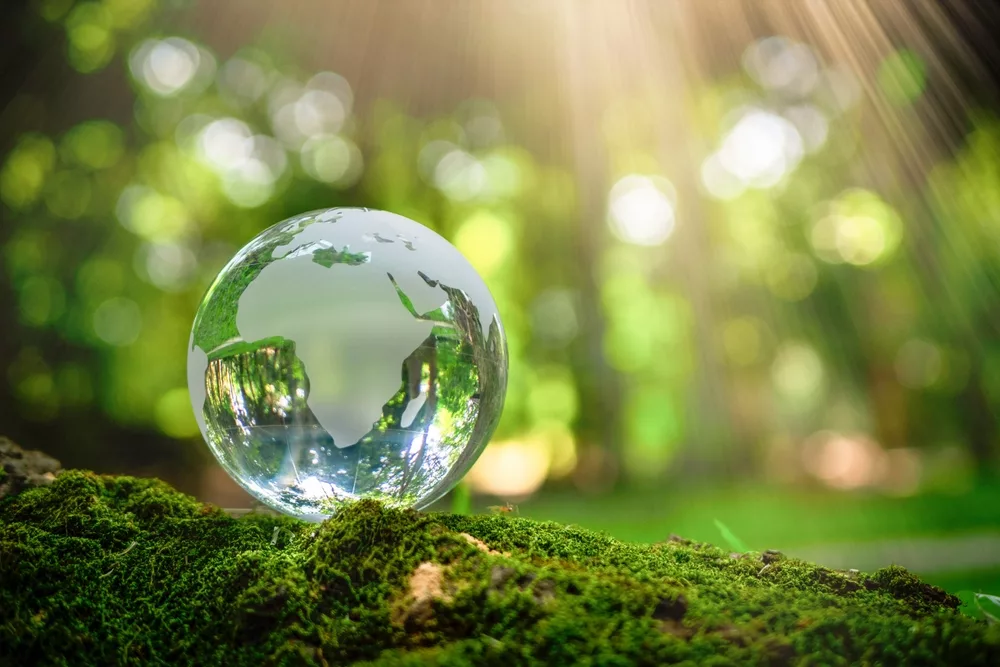Introduction:
Steam turbines are remarkable devices that play a pivotal role in the energy industry. They are at the heart of power plants, helping convert thermal energy into mechanical work, which is further transformed into electricity. In this blog, we’ll delve into the fascinating world of steam turbines and explore how they contribute to the vital process of energy conversion.
The Basics of Steam Turbines:
At their core, steam turbines are mechanical devices designed to extract energy from pressurized steam and convert it into rotational motion. This rotational motion is harnessed to turn the blades of a turbine rotor, which then drives a connected generator to produce electricity.
Energy Conversion Process:
- Heat Input and Steam Generation: The process begins in a boiler, where water is heated to produce high-pressure steam. This steam is generated using various fuel sources, such as coal, natural gas, or nuclear reactions.
- High-Pressure Steam: The high-pressure steam is directed into the steam turbine’s blades. The force of the steam’s high-speed flow causes the blades to rotate, thus converting the steam’s kinetic energy into mechanical energy.
- Rotational Motion: As the blades rotate, they turn the turbine rotor connected to them. This rotor is designed with multiple stages of blades to efficiently extract as much energy from the steam as possible.
- Mechanical Work: The rotational motion of the turbine rotor generates mechanical work. This work is transferred to the generator, where it is used to turn coils of wire within a magnetic field. This movement induces an electric current, producing electricity.
- Electricity Generation: The generated electricity is then sent through transformers to increase the voltage, making it suitable for distribution through power lines to homes, businesses, and industries.
Efficiency and Control:
The efficiency of a steam turbine system is a crucial factor in energy conversion. Engineers employ advanced designs and control mechanisms to optimize the process. To ensure stable power output, governors regulate the speed of the turbine by controlling the steam flow. Additionally, improvements in blade design and materials enhance efficiency and longevity.
Types of Steam Turbines:
There are two primary types of steam turbines: impulse turbines and reaction turbines. Impulse turbines use the impact of high-speed steam on blades to generate rotation, while reaction turbines use both steam pressure and velocity to create rotational motion. Each type has its applications and advantages, depending on the specific requirements of power generation plants.
Environmental Considerations:
While steam turbines provide a reliable and efficient method of energy conversion, there are environmental concerns associated with the combustion of fossil fuels to produce steam. Efforts are underway to develop cleaner and more sustainable methods, such as utilizing renewable energy sources like solar, geothermal, and biomass for steam generation.
Conclusion:
Steam turbines stand as a testament to human ingenuity, effectively converting thermal energy into usable electricity. Their role in energy conversion cannot be overstated, as they power homes, industries, and economies worldwide. As technology advances, the quest for more efficient and sustainable methods of steam generation will continue, shaping the future of energy production and consumption.
Turtle Turbines is one of the most reputed Steam Turbine Manufacturers In India. For more information visit now https://turtleturbines.com


